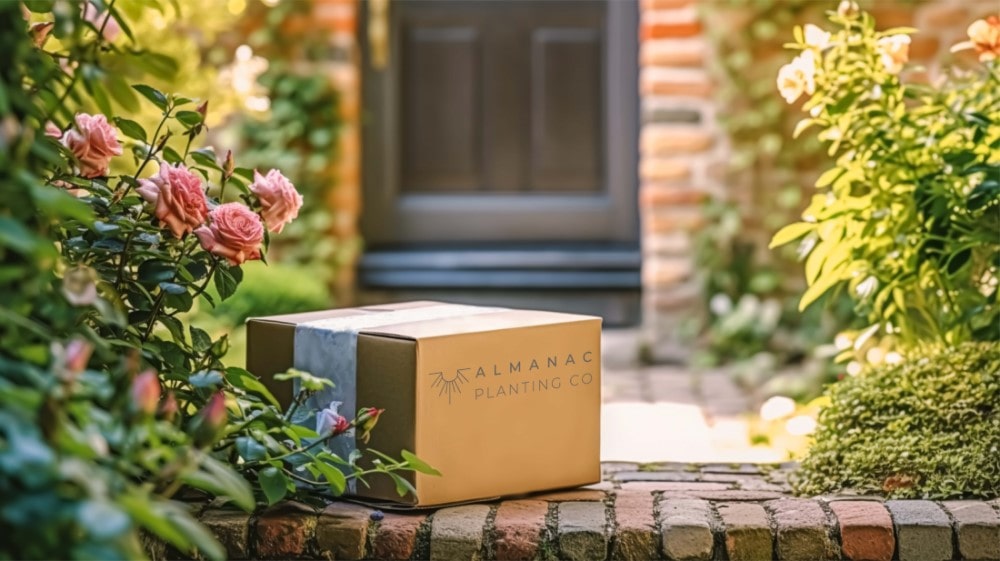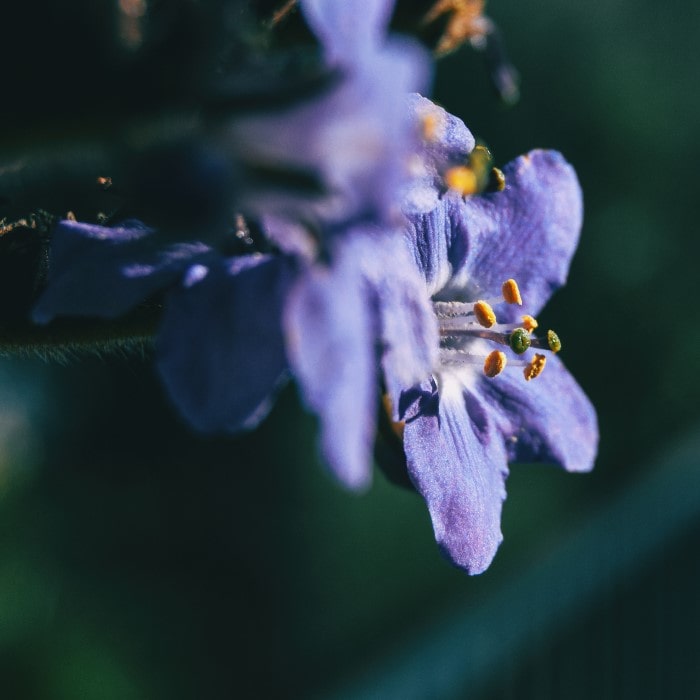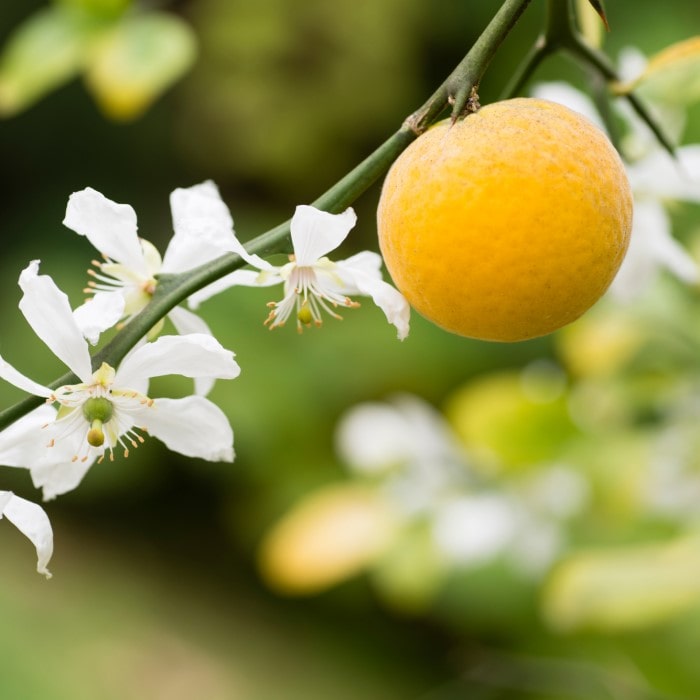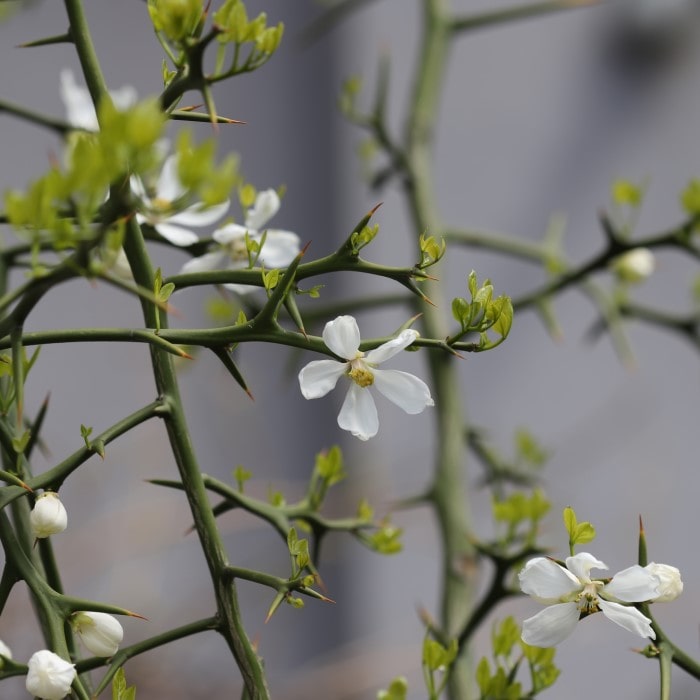Nepeta cataria
Overview
Uses: Herb gardens, pollinator borders, cottage gardens, containers; fresh or dried leaves for cat enrichment and teas.
Benefits: Highly aromatic perennial with soft gray-green foliage and long-lasting spikes of white to lavender blooms that attract bees and butterflies. Easy, drought-tolerant, and low maintenance.
USDA Hardiness Zones: 3–9
Life Cycle: Hardy Perennial
Sun: Full Sun to Partial Shade
Mature Height: 18" – 30"
Mature Width: 18" – 24"
Bloom Season: Late Spring to Early Fall
Growth Rate: Fast
Summary
Bring pollinators and playtime to your garden—Catnip delivers soft, fragrant foliage and cottage-style blooms with almost zero fuss.
Catnip (Nepeta cataria) forms a rounded, gently arching mound that thrives in sunny, well-drained spots. Its nectar-rich flowers support bees and butterflies, while the leaves are prized for toys, sachets, and calming herbal teas. Heat- and drought-tolerant once established, it’s a reliable performer for borders and containers alike.
Care
Catnip Care
Plant in well-drained soil and at least 6 hours of sun for best aroma and bloom. It tolerates poorer soils and dry conditions once established.
Water regularly during the first few weeks, then only during extended dry spells. Avoid overwatering and heavy, soggy soils.
Feed lightly in spring with a balanced slow release fertilizer. Too much fertility can reduce essential oil concentration.
Shear after the first flush of flowers to encourage compact growth and rebloom. Deadhead to limit self-seeding if you don’t want volunteers.
In colder zones, leave some stems standing over winter for crown protection; cut back to new growth in early spring.
Size
Size of Catnip for Sale Online
Our Nepeta cataria plants are greenhouse-grown and shipped healthy and well-rooted in their nursery pots. Each plant is appropriately sized for its container. For sizing questions, please contact us.
Size of Catnip When Fully Grown
Catnip typically grows 18"–30" tall and 18"–24" wide. Space 18" apart for good airflow and easy harvesting.
Additional Information
Will neighborhood cats damage the plant?
Some cats may roll on or chew foliage. If needed, use a small wire cloche or grow a sacrificial plant away from beds you want to keep pristine.
Does Catnip reseed?
Yes, it can self-seed in open soil. Deadhead after bloom to limit volunteers or allow a few seedheads for naturalizing.
Is Catnip good for pollinators?
Absolutely—its nectar-rich flowers attract bees, butterflies, and other beneficial insects all summer.
How do I harvest and dry Catnip?
Cut non-flowering stems in the morning after dew dries. Bundle loosely and hang upside down in a warm, airy place out of direct sun; store dried leaves in an airtight jar.
Is it deer or rabbit resistant?
Generally yes. The aromatic foliage is usually avoided by deer and rabbits.












